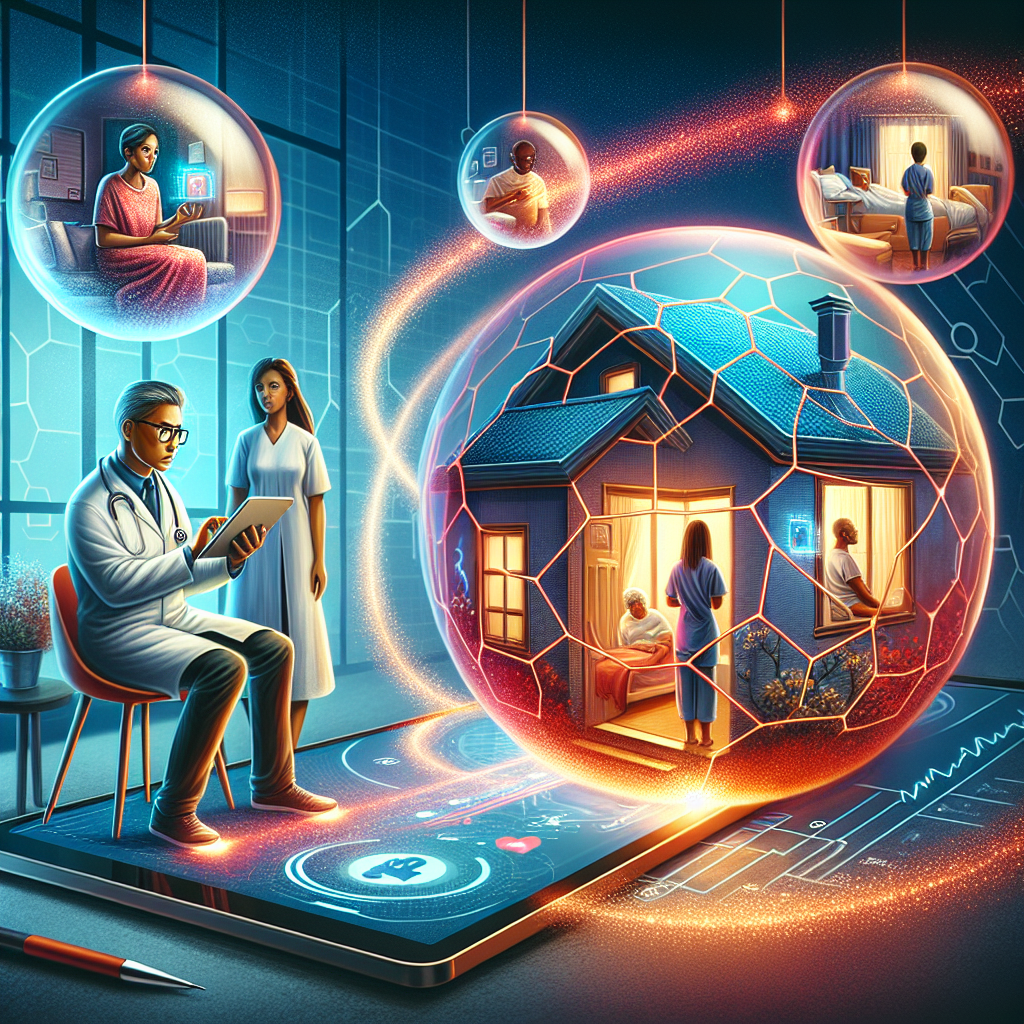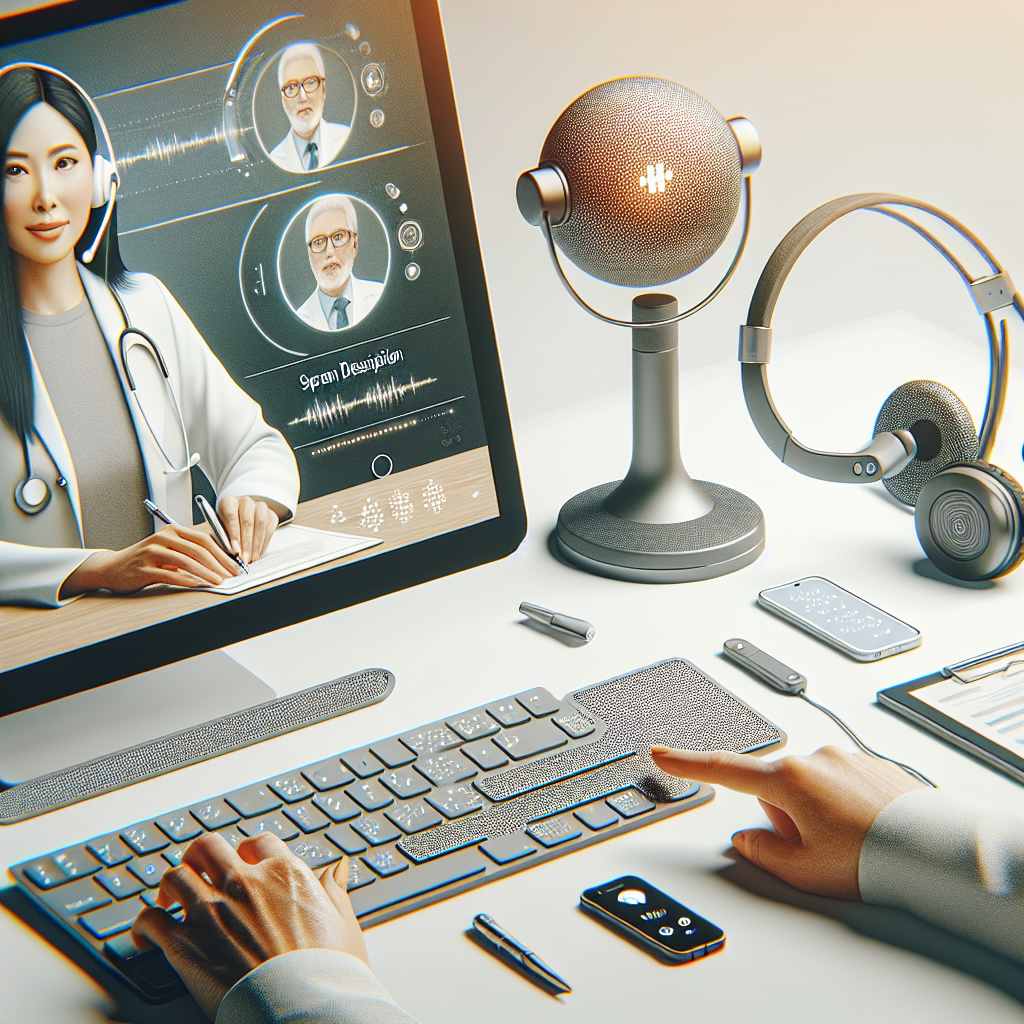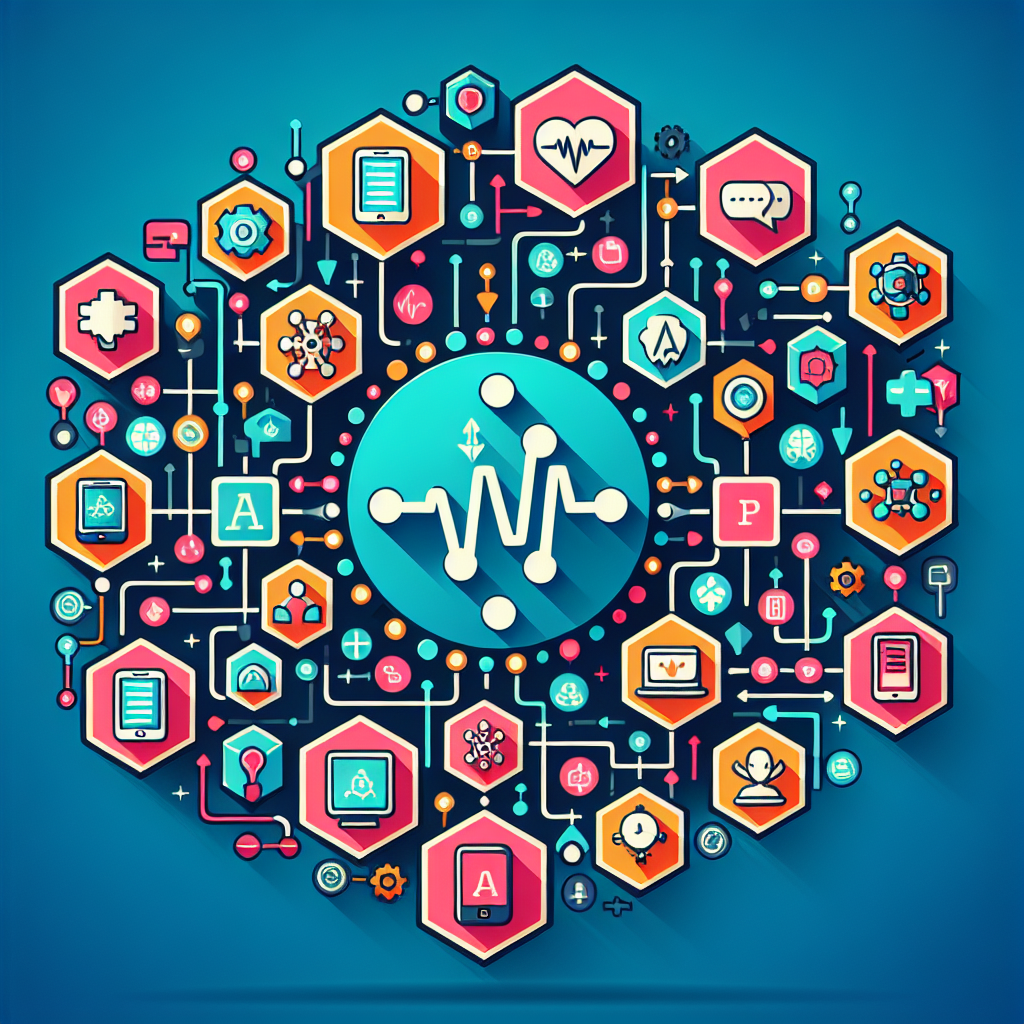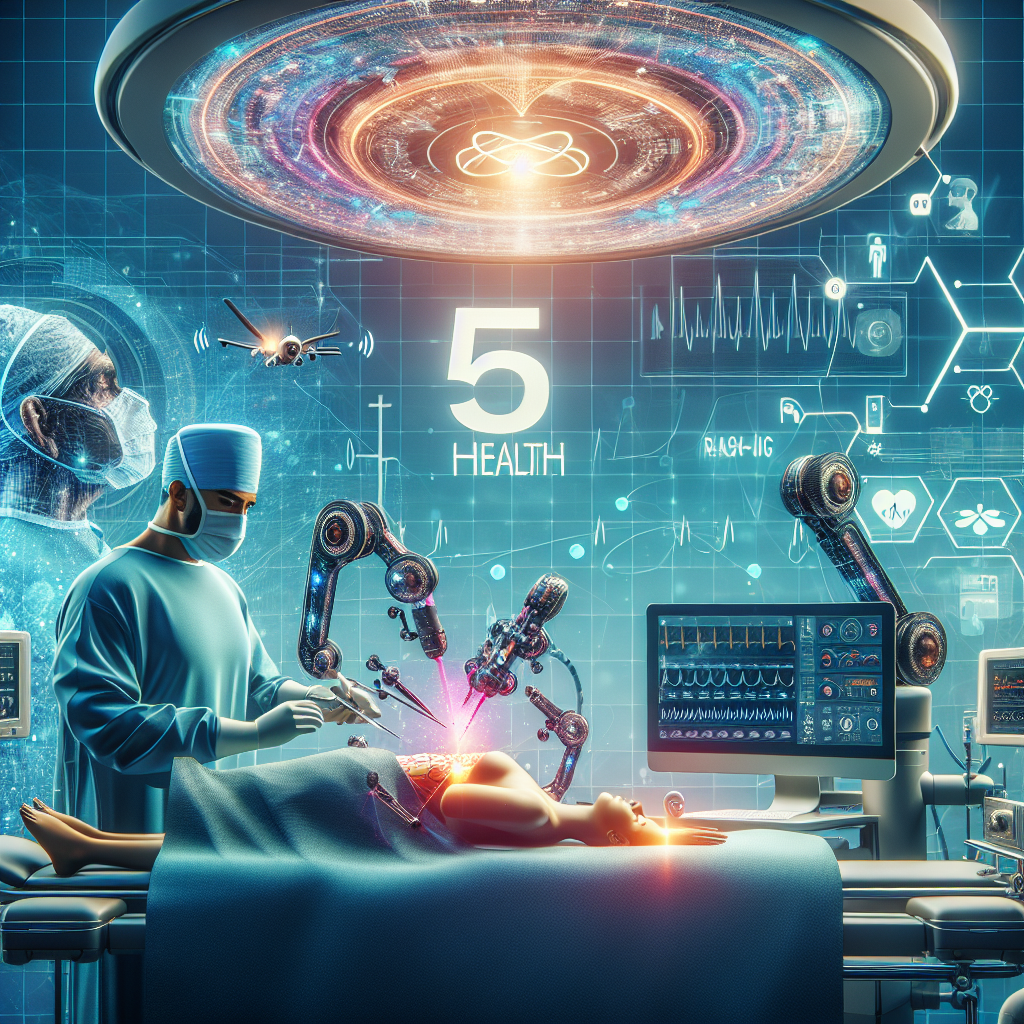Revolutionizing Healthcare: Edge Computing Brings Patient Data Closer
In today’s connected world, the healthcare industry is seeing an unprecedented surge in data generation. From smartwatches monitoring heart rates to intricate imaging technologies such as MRIs and CT scans, massive amounts of health information are being produced every second. Traditionally, this data would be sent to remote cloud servers for analysis. However, a new solution—edge computing—is shifting this process to local environments.
Known as edge computing for healthcare data processing, this innovative approach brings data analysis closer to where it’s created—whether on hospital premises or in patients’ homes. By decentralizing computing power, edge technology enhances the speed, security, and personalization of healthcare services.
Dr. Lisa Anderson, a digital health strategist, puts it this way:
“Edge computing allows us to deliver real-time care insights without compromising patient privacy. It’s about giving providers actionable data faster and smarter.”
What Is Edge Computing in Healthcare?
Edge computing in healthcare refers to the process of analyzing data near its source rather than relying on centralized cloud systems. This could involve anything from a hospital-based server to an Internet of Medical Things (IoMT) gateway attached to a diagnostic device or wearable.
Instead of sending voluminous health records to remote servers, this localized system processes critical data in real time. This provides significant advantages, such as reduced latency, improved data privacy, and minimized network congestion.
For instance, a heart monitor equipped with edge functionality can immediately detect arrhythmias and alert medical staff without awaiting cloud input—potentially saving lives within seconds.
Faster Clinical Decisions in Critical Situations
Timely response is crucial in emergency care, where each second counts. Edge computing empowers equipment like ECG monitors and sepsis detectors to analyze data instantly and send immediate alerts to frontline healthcare workers.
According to an Accenture report, hospitals leveraging real-time analytics have reduced ICU response times by 25%.
For example, during a critical situation in an ICU, an edge-enabled device could recognize warning signs of organ failure, notify the medical team instantly, and thereby enhance patient survival outcomes.
Optimized Bandwidth Use with Edge-Processed Imaging
Modern imaging machines such as MRIs and CT scanners can produce up to 1GB of data per scan. Transmitting all this data to cloud services is resource-intensive and can slow systems down.
By using edge computing, preprocessing tasks such as anomaly detection or image enhancement can be completed onsite. Only the most relevant data is then uploaded to the cloud—conserving bandwidth and accelerating workflows.
Strengthened Security and Patient Privacy
Data breaches in healthcare are becoming increasingly expensive, with incidents costing an average of $10.93 million in 2023 (IBM Security). Edge computing helps mitigate these risks by keeping protected health information (PHI) stored locally, rather than moving it across networks.
Kevin Zhou, data governance lead at Mayo Clinic, explains:
“Local data processing with proper encryption provides another layer of safety for our most vulnerable information.”
For example, instead of uploading entire patient records for AI analysis, those algorithms can now run on local servers. This step ensures data privacy and compliance with regulations like HIPAA.
Transforming the Patient Experience
Remote patient monitoring (RPM) tools supported by edge computing are changing how patients manage chronic conditions. Devices that monitor glucose levels, blood pressure, or heart rate can now screen and flag data locally, sending only alerts for critical changes.
This approach reduces unnecessary hospital visits and gives patients more control over their care. Want to know more about how RPM tools are shaping personalized care? Visit edrugstore.com for further insights.
Edge Computing in Action: Real-World Use Cases
Edge computing isn’t just a concept—it’s already being used to revolutionize healthcare delivery in various settings.
Smart Wearables for Real-Time Alerts
Today’s wearable health devices go beyond simple step counters. Many now include processors capable of real-time data analysis. This means a patient could be alerted instantly to an irregular heartbeat or oxygen drop.
According to a report from Deloitte, 44% of adults are willing to use wearables for chronic disease management—proof of growing trust in digital health technologies.
Point-of-Care Diagnostics in Remote Regions
Edge computing enables portable diagnostic equipment to deliver immediate results in areas without reliable internet access. For instance, a handheld ultrasound device powered by edge AI can detect fetal health indicators directly in under-resourced clinics, reducing delays and dependency on central labs.
Low-Latency Robotic Surgery and Telemedicine
Advanced robotic surgery systems require real-time data processing. By installing localized compute nodes, commands issued by surgeons are executed within milliseconds, enhancing surgical precision.
In telehealth, edge computing supports high-resolution video communication without lag—a critical feature for diagnosing subtle symptoms in virtual consultations or ensuring effective mental health support.
Key Challenges in Implementing Edge Technology
While edge computing offers substantial benefits, several operational hurdles must be addressed before it becomes mainstream in healthcare.
Compatibility with Existing Infrastructure
Many hospitals operate on legacy systems that may not support newer edge technologies. Updating these infrastructures requires customized integrations, including APIs and middleware that maintain backward compatibility.
Need for Device Standardization
Introducing multiple edge-enabled devices from different manufacturers can lead to fragmented systems. Ensuring all tools adhere to standardized protocols is essential for maintaining performance, receiving updates, and ensuring system security.
Data Governance Concerns
It’s crucial to determine which data should remain on edge and which should be sent to the cloud. Policies must balance the need for real-time insights, data sensitivity, and transfer costs.
A Johns Hopkins University case study recommends implementing real-time decision trees that filter data based on urgency and privacy considerations.
Ensuring Scalability in Edge Deployment
Whether serving a small clinic or a nationwide network, scaling edge operations demands centralized orchestration tools. These systems handle remote device management, software updates, certificate rotation, and performance monitoring.
Looking Ahead: The Future of Edge in Healthcare
As healthcare becomes more intelligent with AI-driven diagnostics and predictive analytics, many of these tools will migrate to the edge. Imagine a wearable that can forecast a stroke hours before it occurs, or an imaging device that instantly identifies tumors and suggests treatment options at the point of care.
The expansion of 5G networks in healthcare will further boost this evolution, enabling quicker, more secure exchanges between devices, ambulances, and hospitals.
Emerging technologies like federated learning also promise collaborative innovation. Hospitals and pharmaceutical companies will be able to build smarter models without sharing sensitive patient data.
Conclusion: A Smarter, Seamless Healthcare Future
Edge computing is transforming how medical data is managed and utilized across care settings. From real-time diagnostics to optimized bandwidth usage and improved privacy, it provides a foundation for more responsive, secure, and individualized care.
While challenges such as integration and scalability remain, the transition toward edge-oriented healthcare is accelerating. As AI capabilities evolve and connectivity expands, expect to see more intelligent, patient-focused medical solutions—delivering better outcomes, closer to home.
For more ways that digital technology is helping shape modern healthcare, visit edrugstore.com.
References
– Accenture (2021). Real-Time Data in Healthcare: Saving Time, Saving Lives
– Deloitte (2023). Global Health Care Outlook
– GE Healthcare (2020). Imaging’s Role in Edge Computing
– IBM Security (2023). Cost of a Data Breach Report
– Mayo Clinic (2022). Data Governance in the Digital Age
– World Health Organization (2022). Technology Deployment in Remote Clinics
– Johns Hopkins University School of Medicine (2021). Smart Health Systems: Implementation Roadmaps






